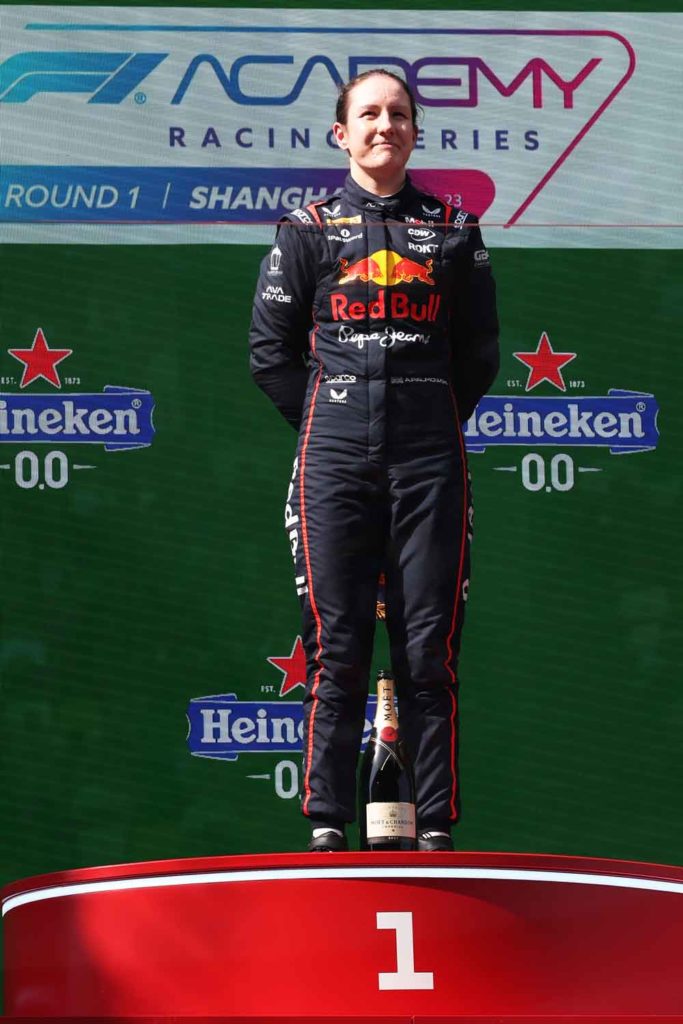How Regenerative Farming Became the New Rock ‘n’ Roll
By
3 years ago
Models, musicians and creative types are all getting involved
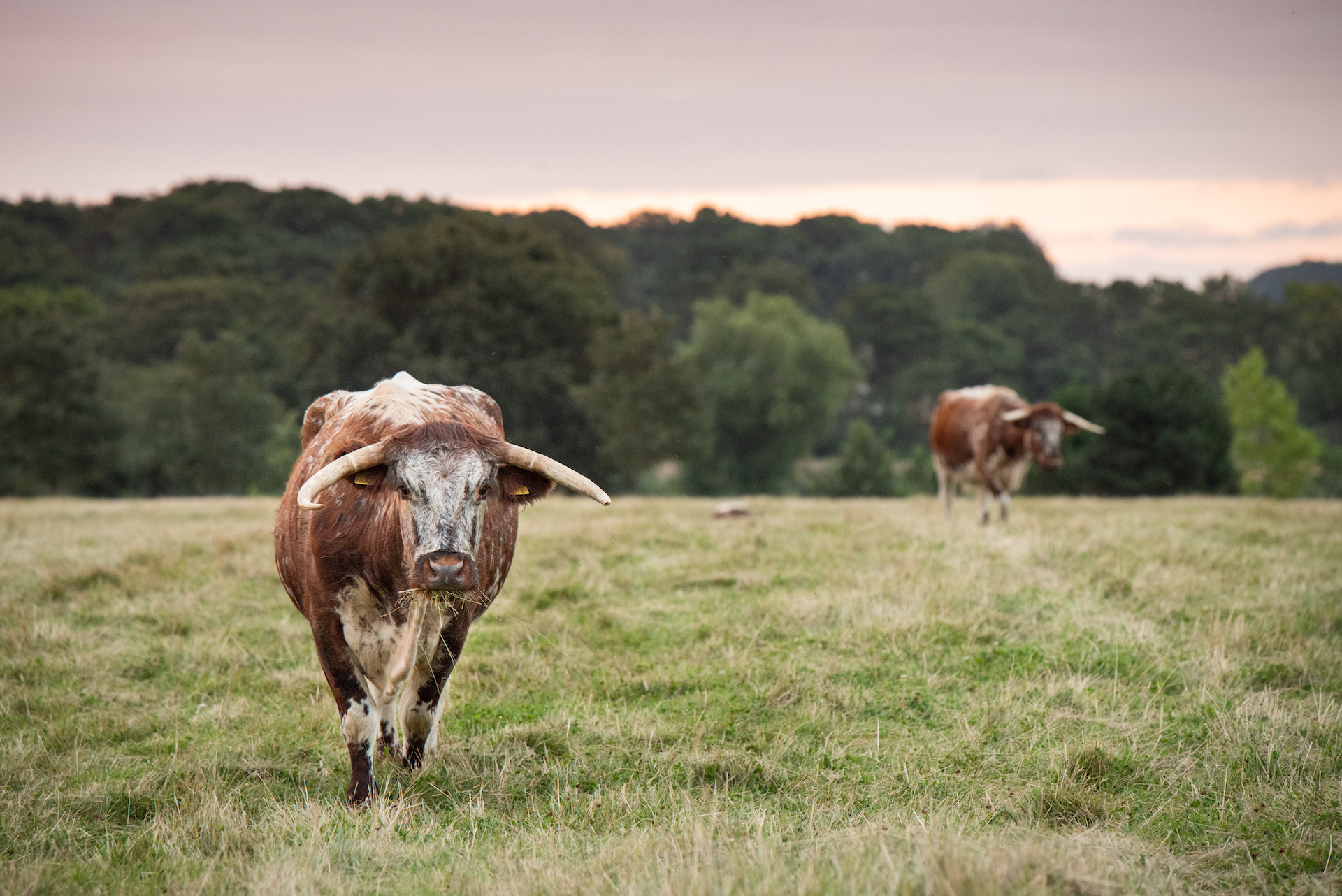
What do farmers, chefs, rock stars and models have in common? Amy Wakeham gets the lowdown on how regenerative farming became the new rock ’n’ roll.
What Is Regenerative Agriculture?
God Save The Earth
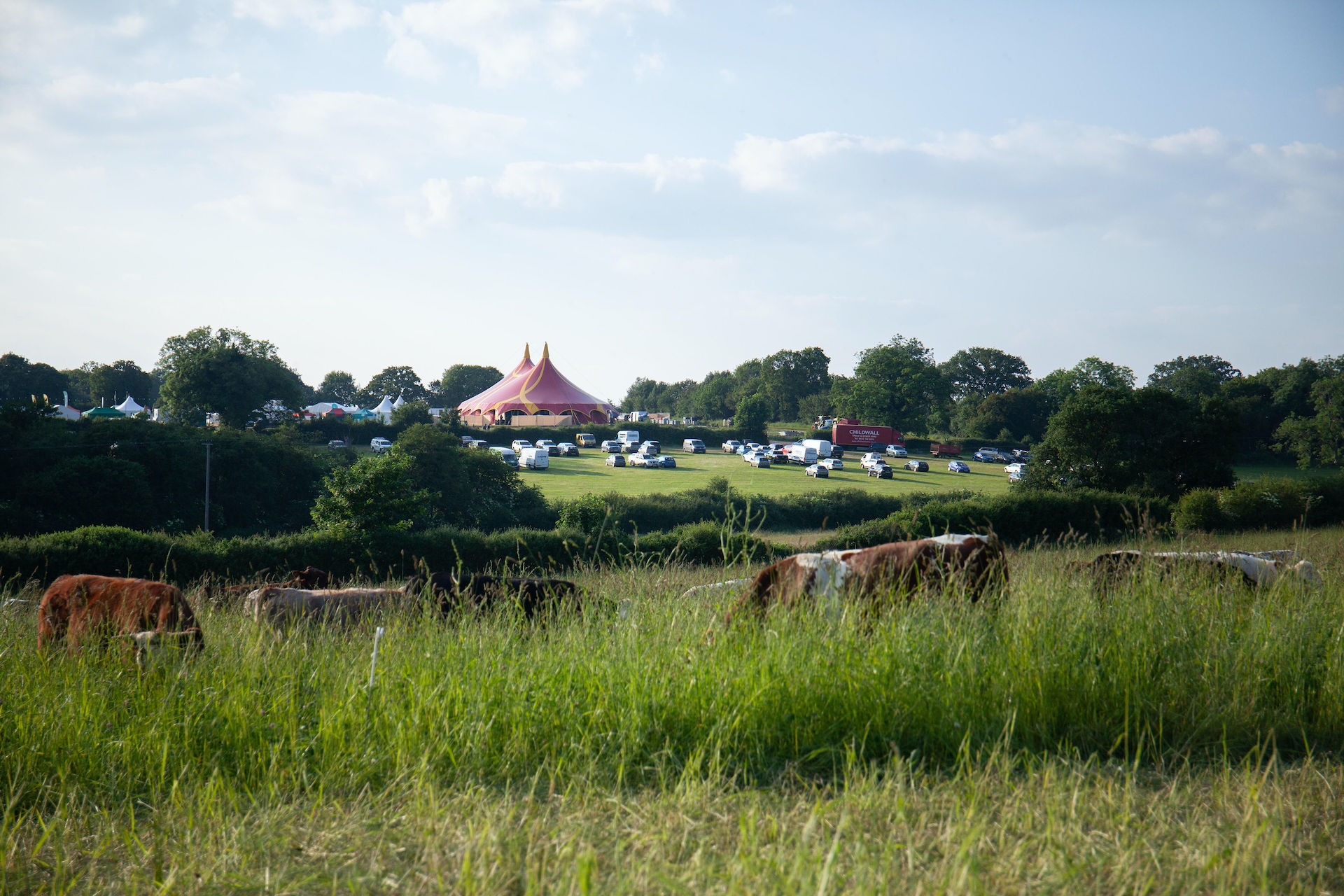
Groundswell festival in Hertfordshire
Back in June, as sound tests began on the Pyramid Stage and the first tent pegs were hammered in on Worthy Farm, a hundred or so miles away in Hertfordshire another festival was in full swing.
Just like Glastonbury, it featured wellies, anoraks and a whole lot of mud. But instead of Sir Paul McCartney, Billie Eilish and Sam Fender, the headliners at Groundswell were Henry Dimbleby, the government’s food czar, Minette Batters, president of the National Farmers’ Union, and Helen Browning, head of the Soil Association – and mud, not music, was what everyone had shown up for.
Well, not mud, exactly – rather, soil, which is the cornerstone of the regenerative farming movement that everyone from Groove Armada’s Andy Cato to model Arizona Muse has jumped on to. It’s the new rock ’n’ roll for creatives with a conscience.
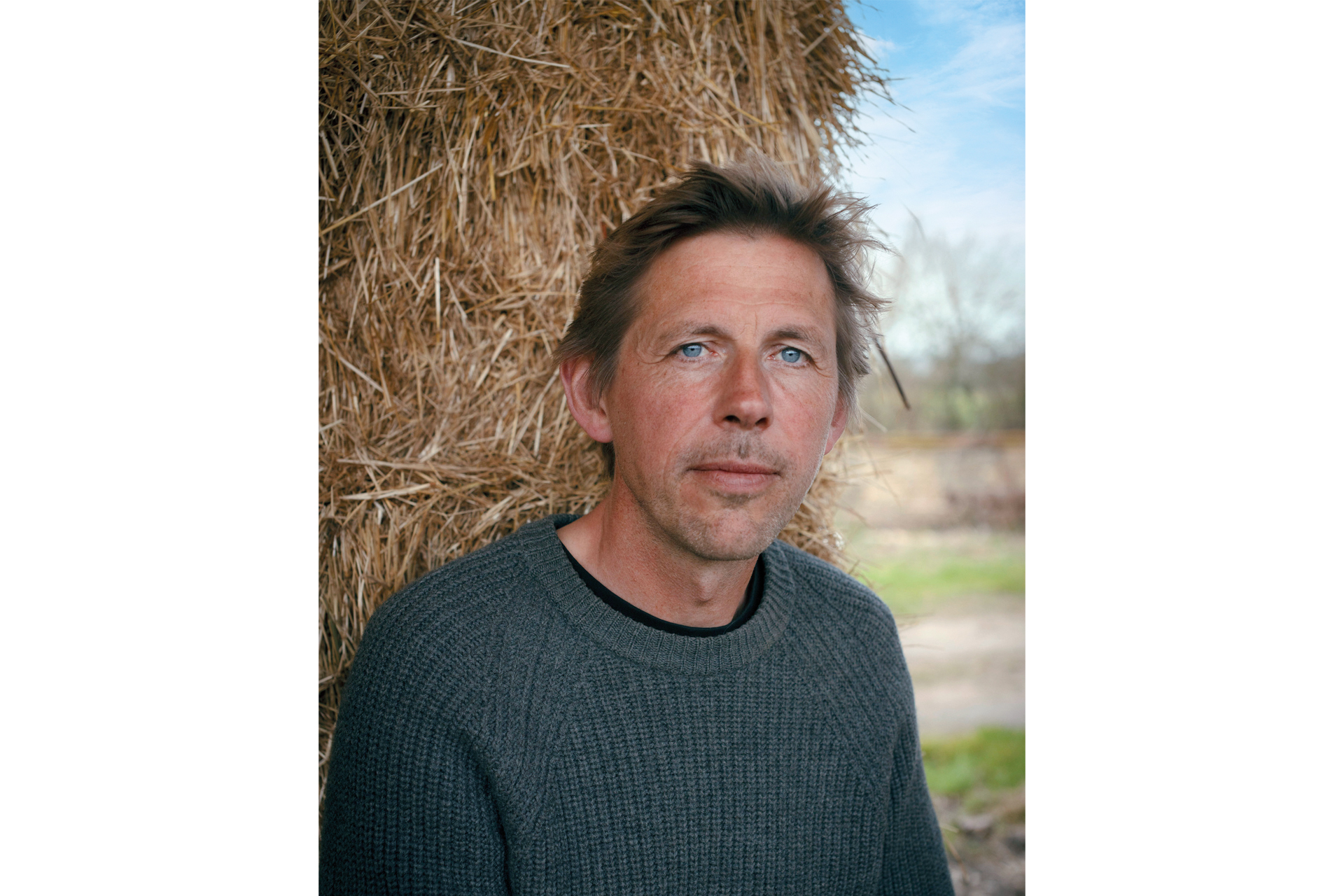
Andy Cato, formerly of Groove Armada, and founder of Wildfarmed
So what’s all this fuss about dirt? According to the International Union for Conservation of Nature, soil has the power to store more carbon than vegetation and the atmosphere combined – UN scientists say that improving soil health could lead to an extra two billion tonnes of CO2 being sequestered by 2030. It also supports greater biodiversity and water storage and minimises erosion and desertification, as well as leading to better, more nutritious food for humans.
The regenerative agriculture movement is difficult to define – it encompasses organic, permaculture and biodynamic processes, but essentially comes down to protecting and restoring soil health through not ploughing, sowing cover crops, increasing plant diversity, and allowing grazing animals to fertilise the soil.
The movement has grown apace in the last few years, with Groundswell its flagship event. The festival was started by the Cherry family on their farm in north Hertfordshire in 2016, as a means of sharing information about regenerative farming techniques. Originally, it was 450 farmers in a barn; this year, there were 5,000 attendees over two days, with talks, workshops and exhibits from scientists, businesses and industry experts.
‘It’s symptomatic of what’s going on, in the total mindset of everything across all industries, but especially farming where farmers really can be the heroes,’ explains Alex Cherry, who quit his job as a chartered surveyor and used his experience of putting on music festivals to start Groundswell with his father and uncle. ‘Regeneration for farmers provides a positive opportunity to change their system.’
Malaysia-born model and actress Mandy Lieu, who starred in campaigns for brands like Dior, bought 925-acre Ewhurst Park in Hampshire for £28m in 2020. She joins other creative types like Andy Cato, who sold his music publishing rights to fund his first farm in France, and who now has a UK-based regenerative wheat business called Wildfarmed together with TV presenter George Lamb.
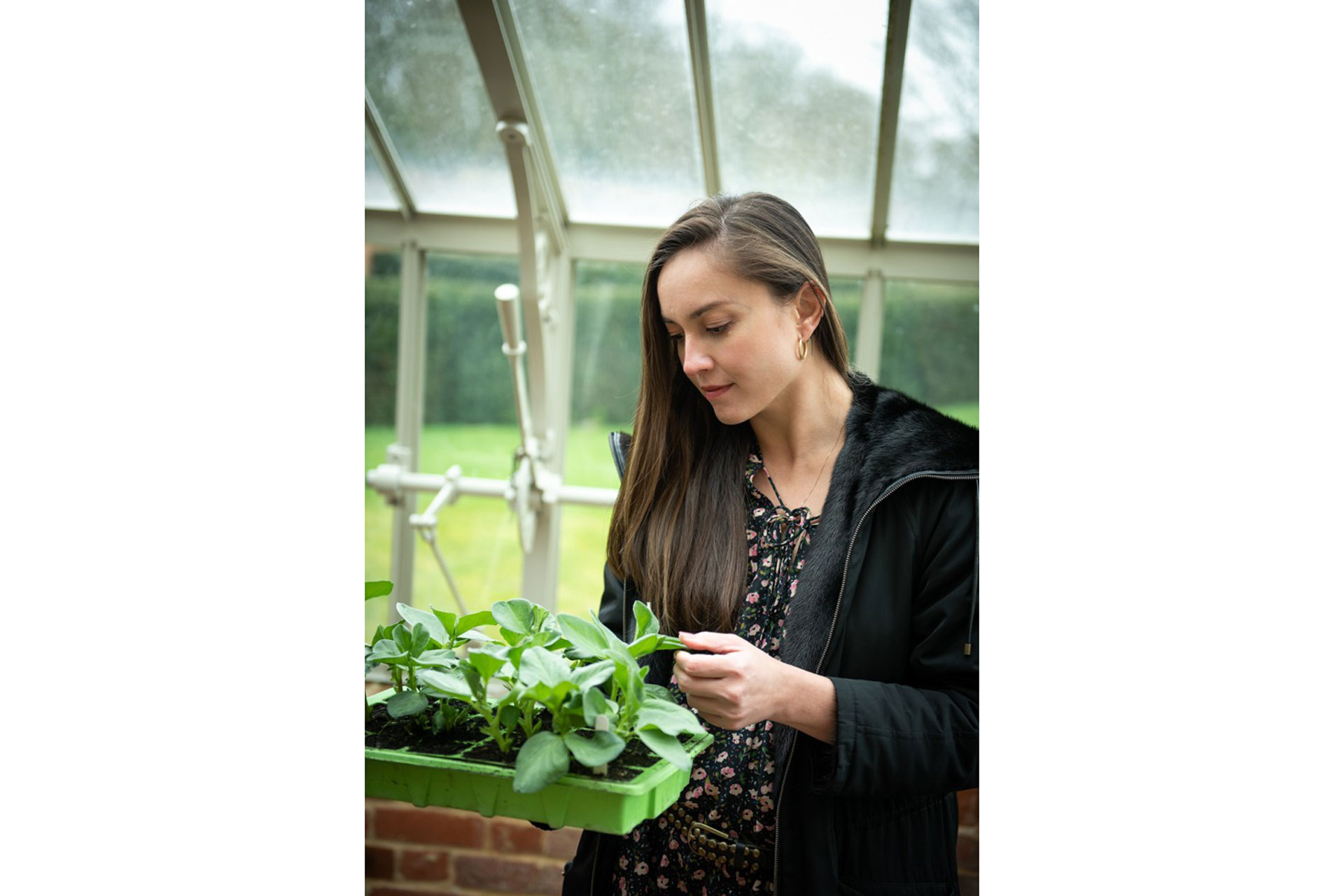
Model Mandy Lieu
‘When I first started on this journey 18 months ago, I began to wonder what I could do to the land to make it better,’ explains Mandy. ‘Make no mistake, this is a life-long project and a multi-generational one.’
So how does a jet-setting model end up worrying about the earthworm population in a small corner of Hampshire? ‘It has a lot to do with my upbringing,’ she says. ‘The forest was our playground. If we were hungry, we’d snack from the banana trees that grew there, and take the leaves home for my mum to steam fish in. Everything very much had a purpose, and nothing was wasted. I remember coming to Ewhurst and thinking that, with all the amazing trees and food growing in abundance, it was not dissimilar to how I grew up.’
But it’s not just conscious creatives that are getting swept up in the movement. Big businesses like McCain, Nestlé and Unilever are investing heavily in regenerative farming.
Like every movement, though, regeneration has its culture clashes – and a big one is with its close cousin, rewilding. Environmental activist George Monbiot, a speaker at this year’s Groundswell Festival, is firmly on the rewilding side, asserting in his new book Regenesis that farming is the greatest cause of environmental destruction. A potentially inflammatory statement at a gathering of 5,000 farmers.
‘Monbiot was received surprisingly well at Groundswell,’ counters Alex. ‘He’s got a lot of very good points and I think farmers are agreeing with some of those – although maybe not.’ He recalls the first time Isabella Tree and Charles Burrell – who popularised the concept with their book Wilding (Pan MacMillan, £9.99), based upon their work at the Knepp Estate in Sussex back in 2018 – spoke at the festival.
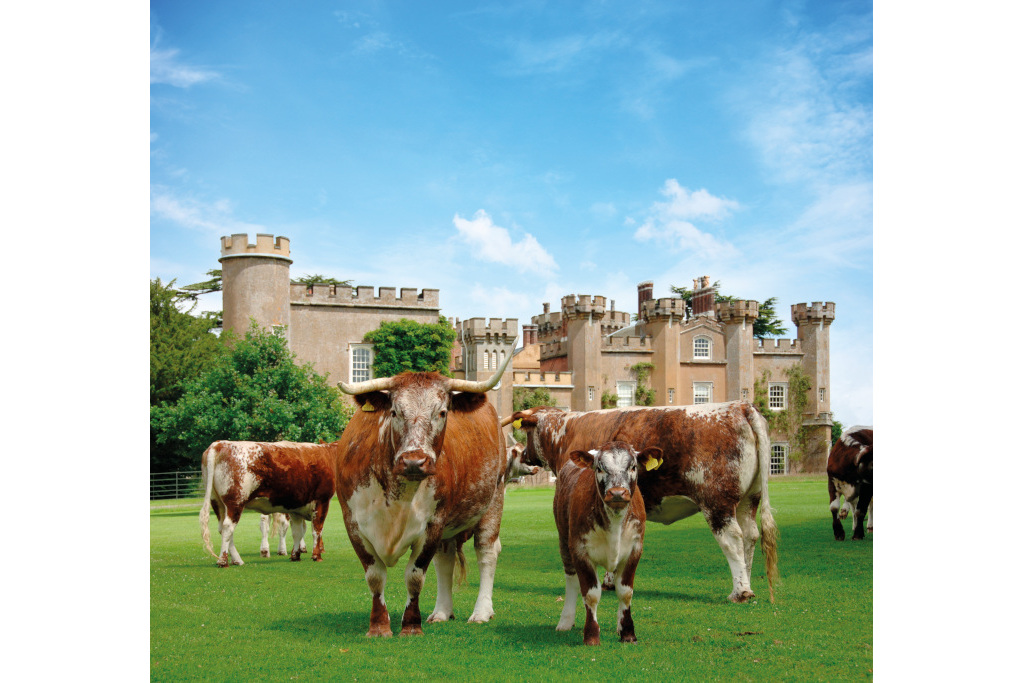
Isabella Tree and Charlie Burrell reintroduced longhorn cattle on to their Knepp estate
‘We were really worried there would be cow pats flying across the room. But they’re totally engaged with what we’re doing. Whenever they start to talk about Knepp, they always say, “This is not the answer for the whole country. There should be a patchwork of recovery projects, but the majority of the land should be farmed in a regenerative way”.’ Tellingly, in 2021 the Knepp Estate itself moved into regenerative agriculture.
This middle way is also followed by Mandy at Ewhurst. ‘What we’re doing here is neither rewilding nor regenerative agriculture; we’re trying to create a more purposeful landscape that not only produces food for humans and wildlife, but also creates all these mosaic habitats so that different wildlife can thrive.’
Another bone of contention in the regenerative movement is productivity, especially in a time of global shortages and soaring food prices. Sri Lanka, whose sudden switch to organic systems in 2021 has led to catastrophic consequences, shows that there are no quick-fix solutions.
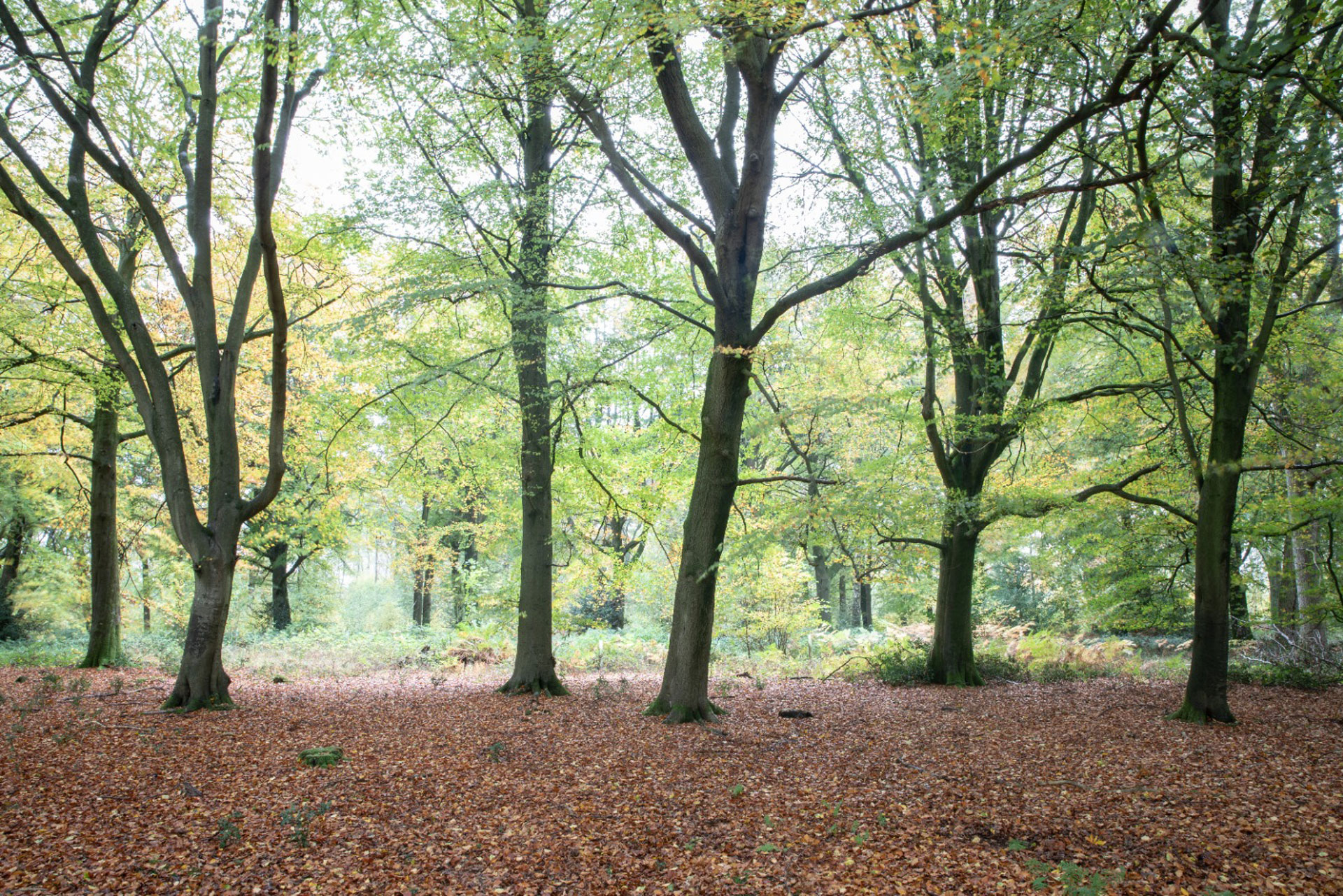
Native woodland at Ewhurst Park
‘Sri Lanka’s crisis tells us nothing about organic farming,’ argues Helen Browning. ‘Governments across the UK and Europe are backing organic because evidence proves it can feed everyone a healthy diet while restoring nature and slashing farming emissions. A panicked Sri Lanka government imposed chemical bans overnight simply because it ran out of foreign exchange to buy fertiliser. But chemical-reliant farmers cannot go “cold turkey”, they need support to shift to diverse, resilient, nature-friendly farming – which is the most evidence-based solution for restoring climate, wildlife and public health.’
However, she acknowledges that it demands changes for us, too. ‘It means we don’t feed as much maize to livestock, and we reduce our meat consumption,’ she says. ‘It has to be more about sustainably reared beef and lamb than all these grain-eating pigs and chickens. It does require dietary change.’
Alex agrees. He recommends always opting for pasture-fed meat and using platforms like Ooooby.org as a way of supporting local regenerative farmers.
The final word comes from chef and regen activist Thomasina Miers. ‘Every single time we buy food, we’re making a statement about the kind of world we want to live in,’ she says. ‘That is the most empowering statement, because otherwise climate change feels insurmountable. But if every single one of us believed that how we spent our money and our purchasing power made an impact, then I feel that we could actually change the world.’
Changing the world and challenging the status quo? That’s very rock ’n’ roll. You heard it here first – soil is super cool. Come and get your hands dirty.
READ MORE
What is Regenerative Tourism? / Sustainability Trends 2022</em

